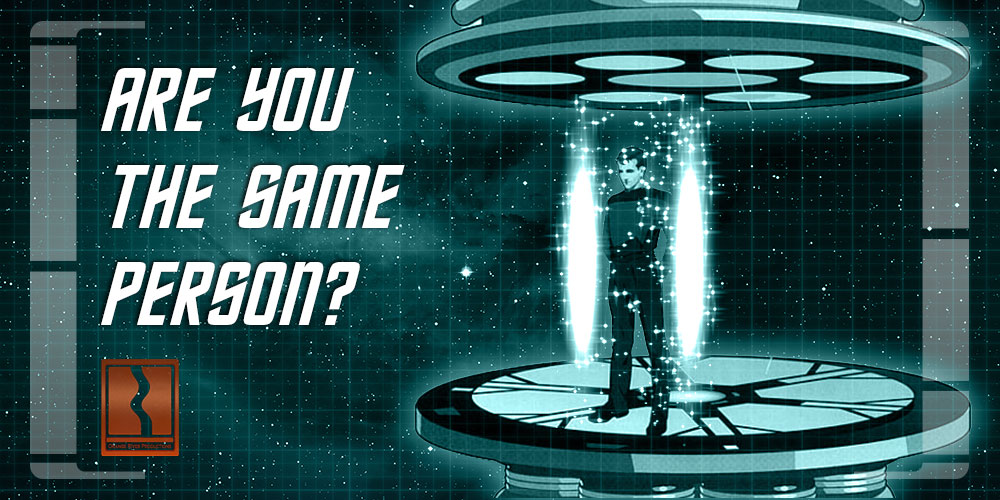Hey guys, Tyler here. Transporters are a staple of the Star Trek franchise—a method of travel that converts matter to energy and back with the press of a few buttons.
First appearing in The Original Series, the matter transporter was created to save money on visual effects, but it was so iconic that it was carried over into The Next Generation and other spin-off series, including the prequel series Enterprise.
As we see on multiple occasions, transporters can simplify away missions by eliminating the need for shuttlecraft, and in case of emergencies, the time saved could spell the difference between life and death.
But this piece of technology—a monumental achievement in physics, no doubt—has raised a MULTITUDE of questions over the years. How does it really work?
Could we build something like it in real life? And the biggest question of all—is the person who comes out on the other side the “real” you or a copy? Does the transporter kill you? Let’s find out.
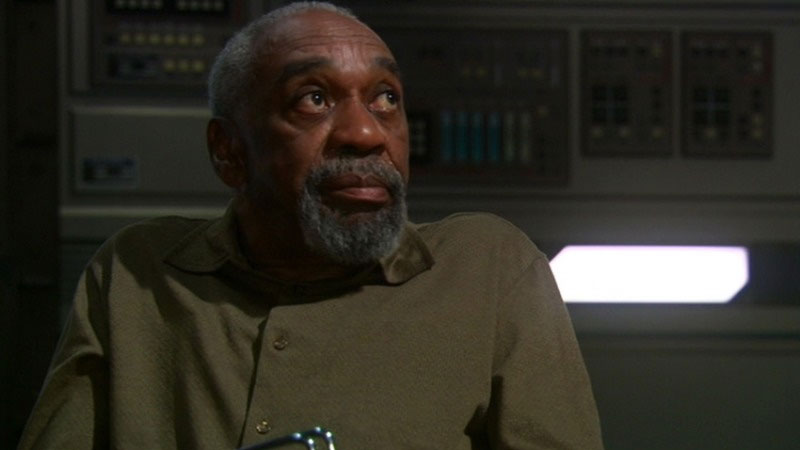
In-Universe Mechanics
Most of the intelligent species we see in Star Trek have one form or another of transporter technology. It appears to be a hurdle that most species overcome not too long after they achieve warp drive.
The first human-made transporter was invented around the early 22nd century by Emory Erickson and implemented on starships by the 2150s. In the decades prior, numerous people volunteered as test subjects, and quite a few of those people were lost. Indeed, even until the 23rd century, most transporters were approved for non-biological use only.
The transporter was a dangerous prospect when it was created and, for even centuries afterwards, it never shed the perception that it was a death machine. But before we get into the transporter’s implications on consciousness, let’s explore its mechanics. Its quantum mechanics, if you will.
At a basic level, the matter transporter works by breaking down the atomic structure of an object or living being and reassembling it in another location. This stream of subatomic particles is called a matter stream.
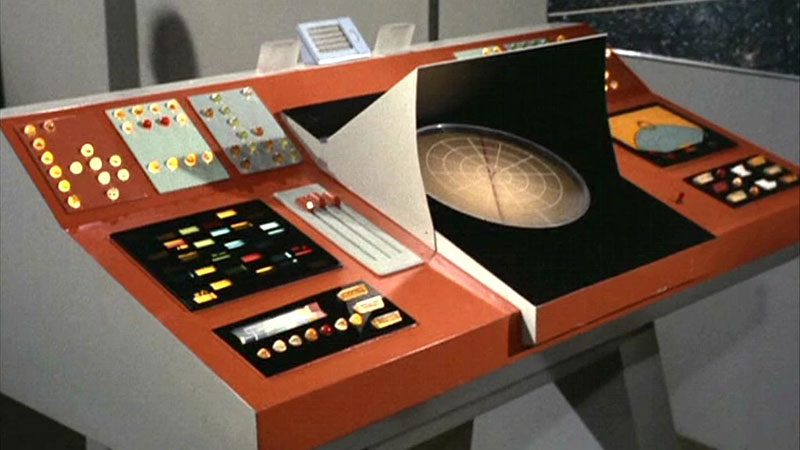
The coordinates for the destination are established by setting a transporter lock using targeting scanners before the matter conversion even begins, during “pre-sequencing.” The transporter signal that points to this matter stream is transferred to the pattern buffer, where it is temporarily stored before moving to the emitter array.
As we learn the TNG episode “Relics,” a transporter pattern can remain stored in a pattern buffer for an indefinite amount of time, although the signal can degrade unless left on a continuous diagnostic cycle.
In this way, the pattern buffer is like a solid-state drive with what I can only imagine is a buttload of internal capacity. One thing that is confirmed in “Relics”: when the matter stream is in this disassembled state in the pattern buffer, the person in question remains conscious, but their perception of time and distance is warped, so to speak.
Following this, the matter stream is transmitted to its destination across a subspace domain, meaning that the matter-energy conversion involves not only our three spatial dimensions but also extra dimensions.
The exact nature of subspace is…well, rather complicated, and it’s something I plan to cover in a future video. Just think of it as a special “quantum” field that can link two points in spacetime, the same way a starship can travel faster than light.
Once the stream arrives at its destination, it rematerializes with all the quantum information intact. And of course, the whole process is painless.
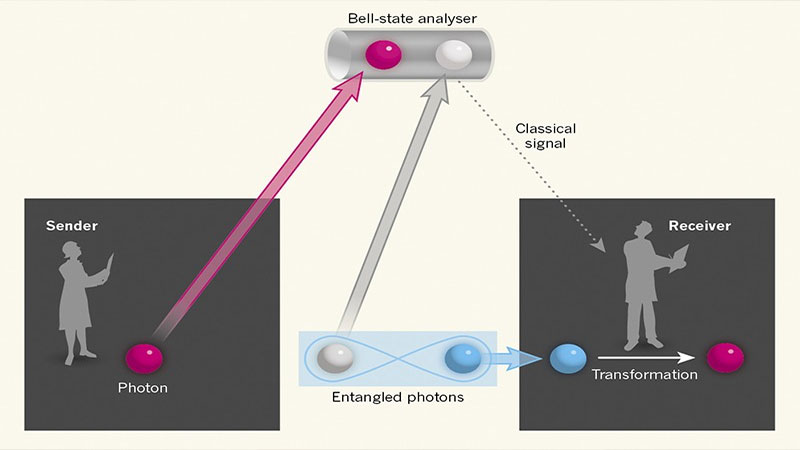
Quantum Teleportation
Okay, I just threw out a bunch of technobabble at you—but what, if any, kind of real-world physics is this based on? Well, this might surprise you, but teleportation is actually a real thing—except, only on a very small scale.
For years, we’ve been able to transmit quantum information from one location to another without physically moving any particles. Such quantum information, including the quantum states of single photons, electrons, and even superconducting circuits, has been teleported as far as 1,400 kilometres.
This is achieved through the use of quantum entanglement. Because information is being sent that is still subject to classic physical laws, this teleportation cannot occur faster than light (yet). But while scientists have been able to entangle objects as large as diamonds, the actual teleportation of macro-scale objects is still a long way off.
In order to master that, we’d need to be able to conduct engineering on the scale of quadrillionths of a meter. This would allow us to work directly with the finest known structures of matter—such as quarks and strings—to manipulate the properties of atoms.[1] This kind of engineering is called femtotechnology, and it’s six orders of magnitude smaller than nanotechnology.
In his 1999 book The Age of Spiritual Machines, famed futurist Ray Kurzweil predicted that humanity could cross this threshold by the year 2110—a little over a decade before Emory Erickson develops the first operable transporter in Trek’s continuity. SCIENCE!
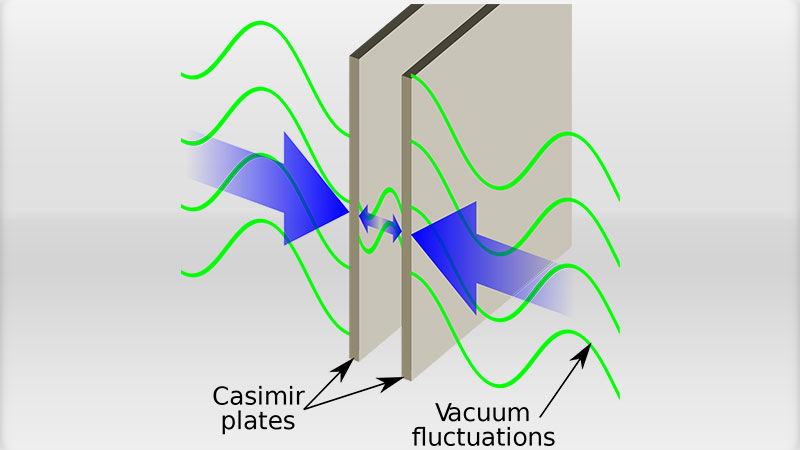
Particle Teleportation
But aside from experiments with quantum teleportation, where again, particles themselves are not moving but instead information, has there been any research to suggest that actual particle teleportation is even possible?
Well, in 2016, Yuchuan Wei published a paper claiming yes. He likened particle teleportation to the transfer of electrons in a superconductor. An example of superconductivity is a levitating magnet cooled with liquid nitrogen that is repelled by an electric current freely flowing over its surface.
This complete ejection of magnetic field lines from inside the superconductor is called the Meissner effect and can only be explained by quantum mechanics. Previously, in 2008, Masahiro Hotta proposed it may be possible to teleport energy by exploiting the quantum energy fluctuations of an entangled vacuum state.
In other words, we could transfer energy from one location to another by lowering and raising the energy states of different points in spacetime. This kind of vacuum fluctuation shows up in real life as virtual particles, which pop in and out of existence very quickly but have large enough wavelengths to affect macro-scale objects.
This is most evident in the Casimir effect, in which virtual particles cause two metal plates nanometers apart to come together seemingly spontaneously.
Thus, if we’re able to manipulate the properties of subatomic particles, and we’re able to transfer energy from one place to another through the quantum vacuum, then boom, we’ve got a matter-energy transporter, right? Well, perhaps…theoretically.
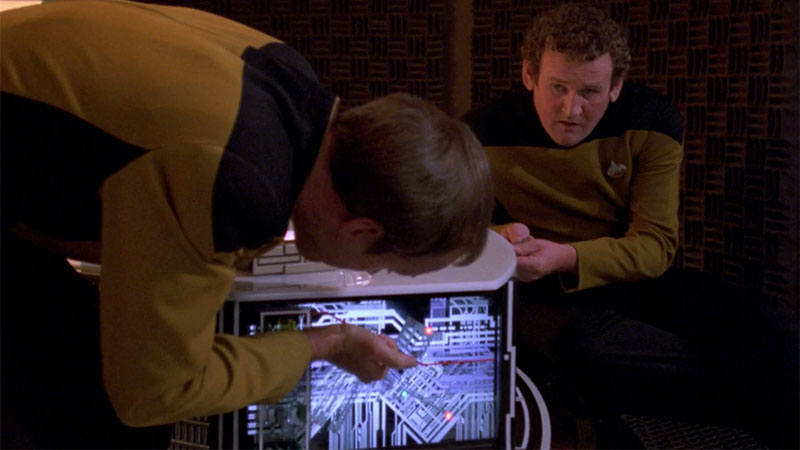
The Uncertainty Principle
There are a few things that could get in the way, such as the Heisenberg uncertainty principle, which states the position and momentum of a particle cannot be precisely known at the same time. Of course, Trek transporters have a built-in component called a “Heisenberg compensator” to take care of this.
How does it work? Well, according to art supervisor Michael Okuda in an interview with Time magazine, they work “just fine.” Besides, the uncertainty principle is what gives rise to the confirmed existence of quantum vacuum fluctuations, the very mechanism that could allow matter teleportation under our current understanding of physics—emphasis on current.
In fact, the “problem” of the Heisenberg compensators being “magic” and having no basis in real-world science may simply be a misconception rather than a cold hard truth. Indeed, as quite a few observers have pointed out, the Heisenberg compensators could work within the uncertainty principle rather than around it. That is, the “compensator” part of the name would be less about circumventing the laws of physics and more about embracing what we know about quantum mechanics.
The exact position and momentum of every particle in your body may not necessarily need to be preserved during a transport—only enough reasonable certainty that your most critical systems, such as your thoughts and memories and vital organs, remain as fully intact as possible and less critical systems are allowed a higher degree of uncertainty—like the exact position and momentum of particles in your stomach acid.
This could explain why when Erickson tested the first transporter on himself in the early 2120s when he rematerialized, he immediately lost his lunch. Presumably a kink they later worked out.
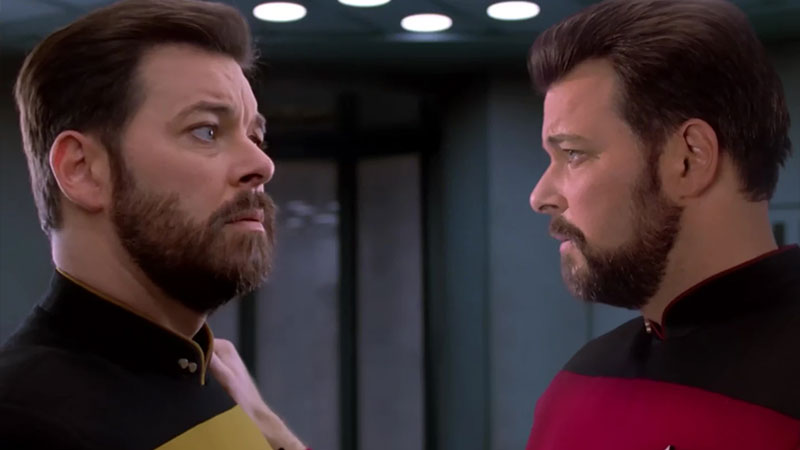
Continuity Of Consciousness
So, given this emphasis on preserving one’s thoughts and memories as accurately as possible, is it true that your consciousness is actually destroyed and recreated on the other side? Is the transporter a death trap? Well, based on everything we’ve just gone through, I’m going to go ahead and say no.
Remember that proposal I referenced earlier that suggested energy could be teleported by exploiting quantum vacuum states? Well, while there is quantum entangling involved, such a proposal is distinct from the information transfer of a quantum state in quantum teleportation.
In quantum teleportation, it’s really about transmitting instructions for the arrangement of a system rather than physically moving particles themselves. Attempts to describe macro-scale teleportation aim for a method of moving matter from one place to another and leaving nothing behind.
In Star Trek, they’ve presumably figured out a way to do this. The transporter, especially after the 22nd century, is a commonplace device used on a daily basis. The Federation wouldn’t rate something like this safe for biological transport if they knew it killed you instantaneously or if the uncertainty surrounding it was too high.
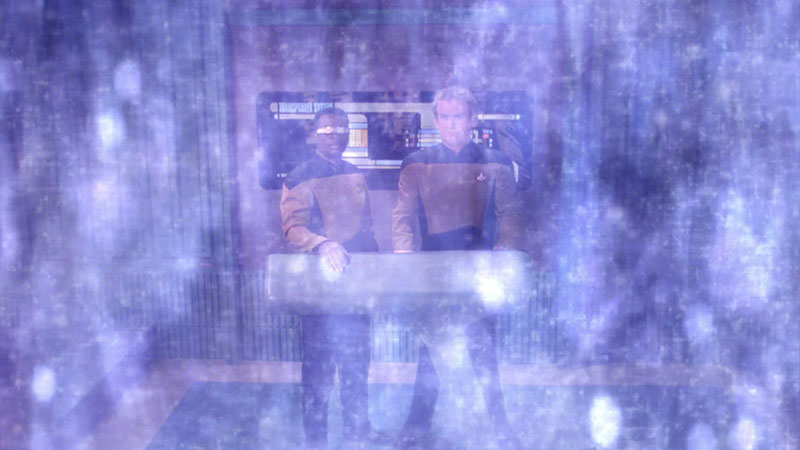
Besides, reports of people remaining conscious throughout the transport cycle, the fact that the matter stream is a continuous stream of subatomic particles, and the fact that matter cannot be created nor destroyed are all arguments against the “death trap” hypothesis.
There is no deliberate manufacturing of a “copy”—that is, in a regular transport, there aren’t two entities that exist simultaneously, just the one—nothing’s left behind except for some ionizing radiation. Duplication accidents like the creation of Thomas Riker are usually because of outside interference—in his case, a second confinement beam reflected back onto the surface of Nervala IV through a distortion field.
But here’s a curveball for you: even if it did kill you and make a copy, would it matter? No, seriously, would it? We don’t exactly know what consciousness is, but our best understanding suggests it is a property that arises from the very electrochemical processes that power our brains.
In a way, you are your brain. But even if we take the soul into account—especially since Trek makes room for a similar concept, the essence of consciousness known as the katra—then certainly the Katra must move with all the other matter from one location to another. But the continuous experience your brain generates is an illusion.
Our “present” is continually informed by our memories in quite a literal sense since it takes time for information to move from our retinas to our visual cortex to then be processed by other parts of our brain. If the entity that is “you” ceases to exist in one place and a copy rematerializes in another, you just…wouldn’t know, and neither would they. Much like what happens after death—you wouldn’t know.
If you want to support my work even further, becoming a patron at patreon.com/orangeriver is a great way to do so.
Watch The Latest Video By Orange River Media Below
Thank you all so much for watching. I’m really interested to hear your thoughts in the comments.
If you enjoyed this video, be sure to leave a thumbs up down below and don’t forget to share it. That stuff really helps me out. If you haven’t subscribed, be sure to do that as well and click the bell icon to receive all notifications.
I’ll see you next time…live long and prosper.
You can find Orange River Media at the links below
- YouTube: https://www.youtube.com/orangeriver
- Twitter: https://www.twitter.com/orangerivernw
- Instagram: https://www.instagram.com/orangeriver.nw
- Facebook: https://www.facebook.com/orangerivernw
- Patreon: https://www.patreon.com/orangeriver

